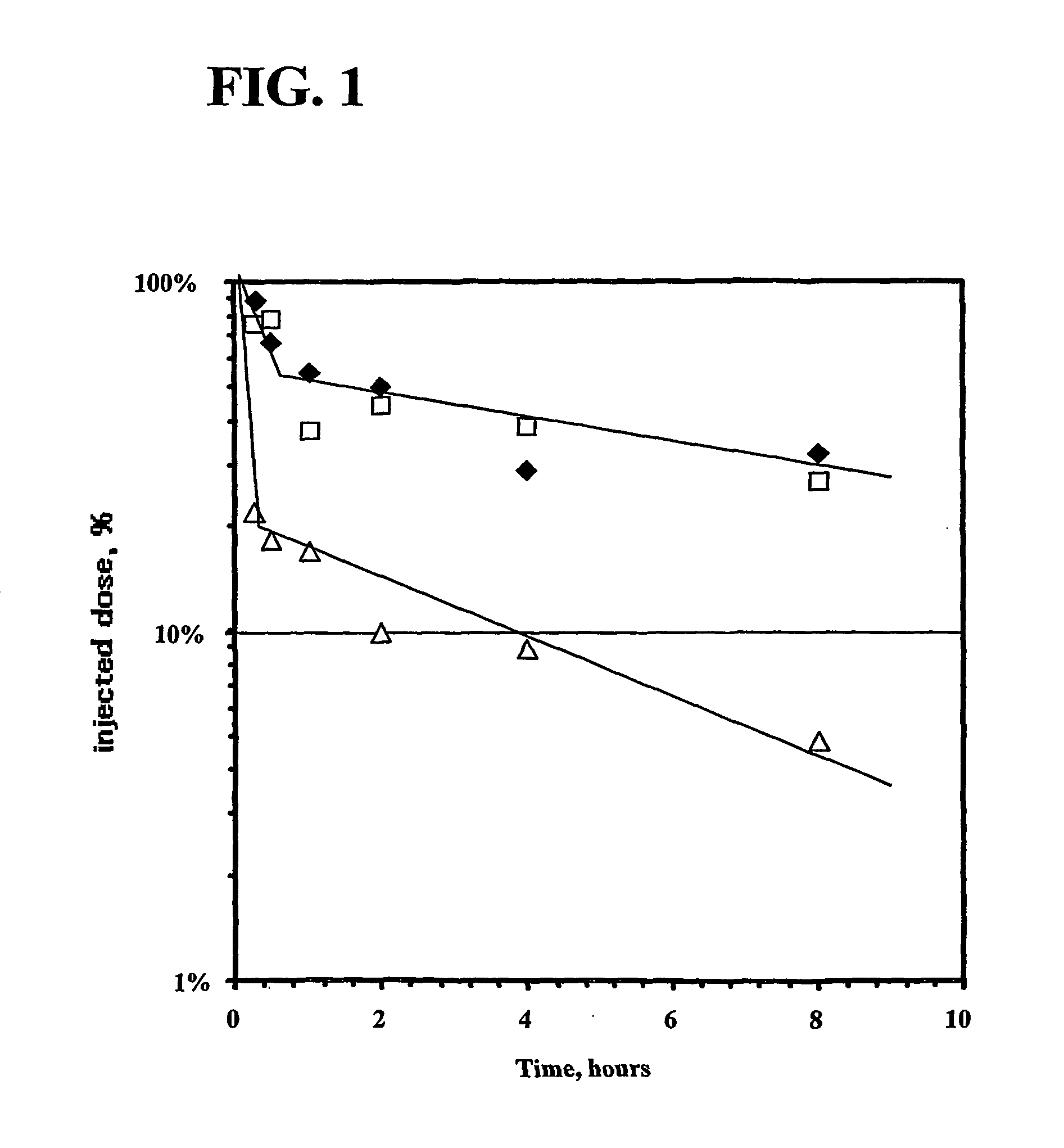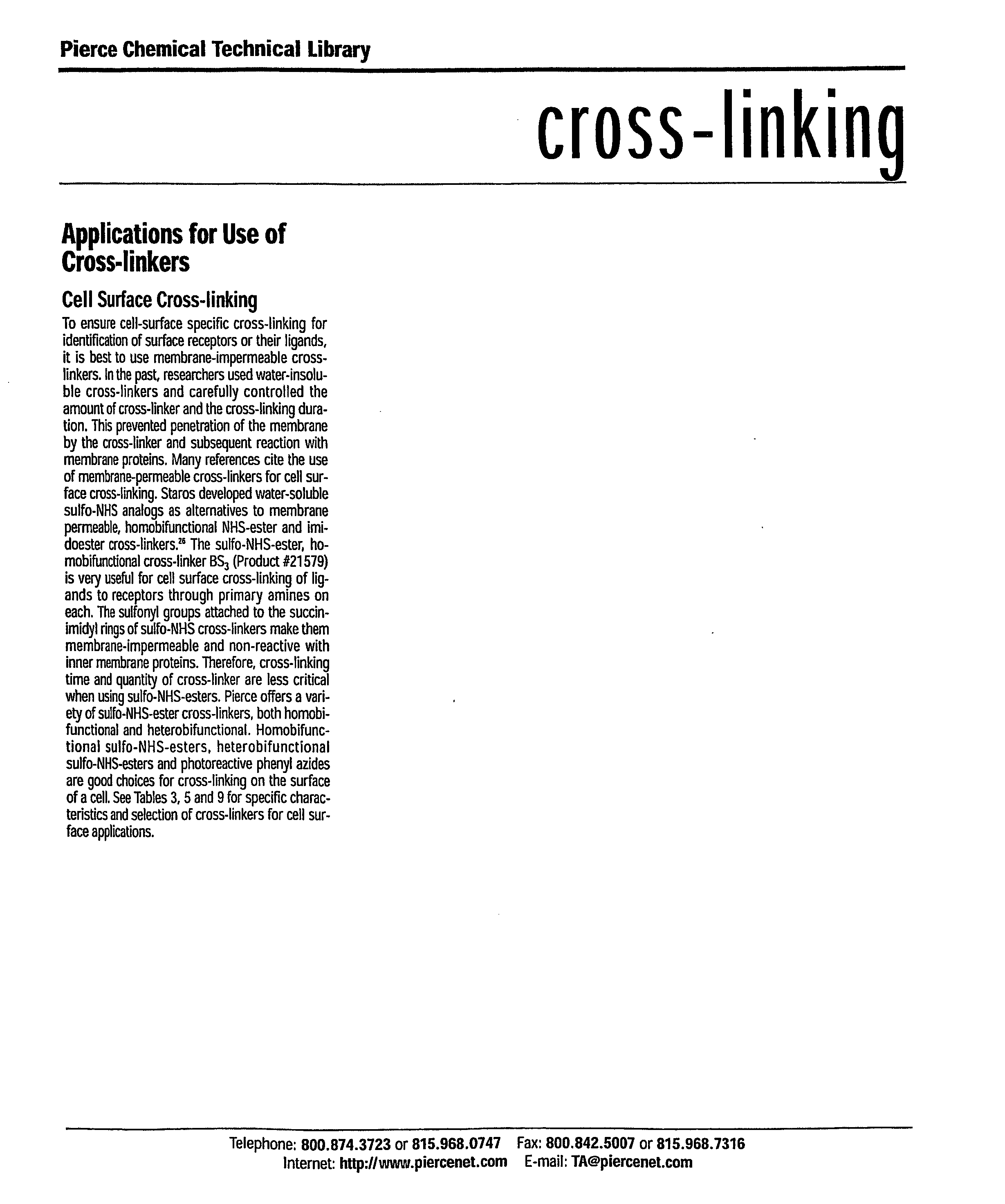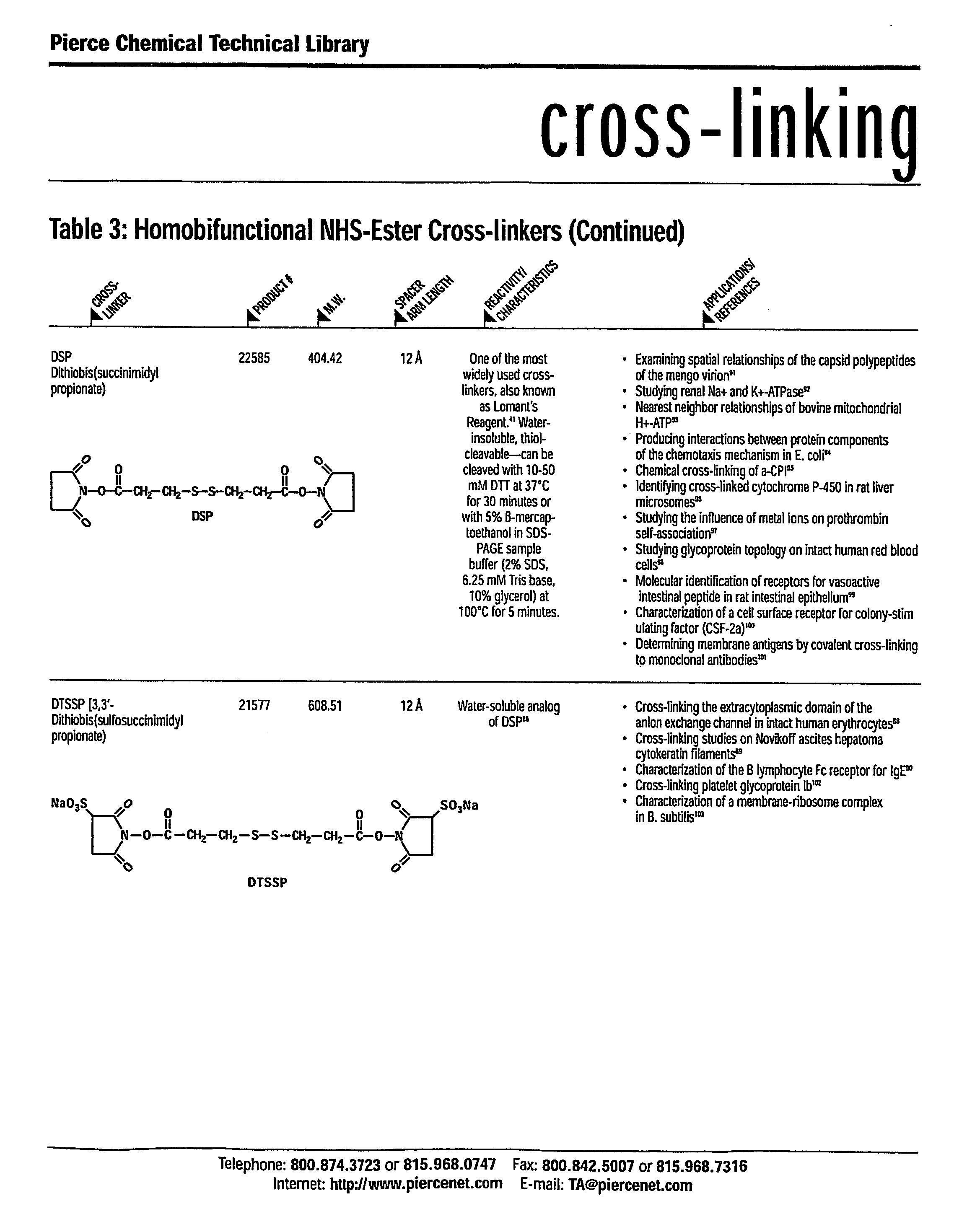Oxime conjugates and methods for their formation and use
a technology of conjugates and oxime, applied in the field of oxime conjugates and methods for their formation and use, can solve the problems of drug delivery methods/systems, increased complexity, and common sustained release formulations, and achieve the effect of low molecular weigh
- Summary
- Abstract
- Description
- Claims
- Application Information
AI Technical Summary
Benefits of technology
Problems solved by technology
Method used
Image
Examples
example 1
Exemplary Synthesis of Bifunctional Compounds of the Invention (Scheme 1)
[0355] General Methods. 1H NMR spectra were recorded with a Varian XL-500 spectrometer. Chemical shifts are expressed in parts per million (ppm) on the δ scale relative to a TMS internal reference standard. In general, CDCl3 was used for the free bases and DMSO-d6 was used for salts. Coupling constants (J values) were given in Hz. Thin layer chromatography (TLC) was performed on 250 μm thickness silica gel plates or alumina precoated plates (Whatman, AL SIL G / UV or J. T. Baker, Baker-flex, SILICA GEL IB-F) containing fluorescent indicator (2×8 cm). Column chromatography was performed on silica gel (Baker, 40 μm Flash chromatography). Fractions were analyzed using TLC and compounds were visualized using ninhydrin (0.5 g in 100 mL of methanol) for primary and secondary amine(s), ultraviolet light and / or iodine vapor.
[0356] 8-[1-Ethoxyethylideneaminooxy]octanoic acid 2,5-dioxo-pyrrolidin-1-yl ester (6). To a mi...
example 2
Synthesis of Maleimidyl Bifunctional Linkers for Polymer Conjugates
[0358] Using the same protecting group, aminooxy alkyl maleimide was synthesized as shown in Scheme 2.
[0359] 3-[5-Carboxypentylcarbamoyl]acrylic acid (14). 6-Aminocaproic acid (10.1 g, 81.6 mmol) was added to maleic anhydride (8.09 g, 82.6 mmol), in 100 mL of anhydrous DMF. The mixture was stirred at room temperature for 24 h and poured into 250 mL of water. White precipitate was filtered, washed with ether and dried (15 g, 86%). 1H NMR (DMSO-d6): δ 1.27-1.33 (2H, m), 1.45-1.54 (4H, m), 2.21 (2H, t, J=7.3), 3.18 (2H, q, J=6.7), 6.24 (1H, d, J=13.0), 6.42 (1H, d, J=12.5), 9.11 (1H, br s), 13.6 (1H, br).
[0360] 6-[2,5-Dioxo-2,5-dihydro-pyrrol-1-yl]hexanoic acid (15). The acid 14 (4.5 g, 21 mmol) was refluxed in 60 mL of (Ac)2O with NaOAc (1.72 g, 21 mmol) for 3 h. After cooling, the reaction mixture was concentrated. The residue was dissolved in EtOAc, washed with brine, dried over MgSO4, filtered and evaporated to ...
example 3
Biodegradable Hydrophilic Polyals for Protein Modification
[0365] As discussed above, biodegradation of macromolecular therapeutics is an important but incompletely studied issue, even for most widely used polymers. For example, there is a potential risk that extended clinical use of conjugates containing non- or slow-biodegradable polymer fragments can lead to long-term cell vacuolization (see, for example, Bendele A. Seely J. Richey C. Sennello G. Shopp G. (1998) Short communication: renal tubular vacuolation in animals treated with polyethylene-glycol-conjugated proteins. Toxicological Sciences. 42, 152-7) and overload, development of lysosomal disease syndrome (see, for example, Christensen, M., Johansen, P., Hau C., (1978) Storage of polyvinylpirrollidone (PVP) in tissue following long-term treatment with a PVP-containing Vasopressin preparation. Acta Med Scand., 204, 295-298), and, at higher doses, to other pathological metabolic alterations (see, for example, Miyasaki K. (197...
PUM
| Property | Measurement | Unit |
|---|---|---|
| molecular weights | aaaaa | aaaaa |
| pH | aaaaa | aaaaa |
| molecular mass | aaaaa | aaaaa |
Abstract
Description
Claims
Application Information
 Login to View More
Login to View More - R&D
- Intellectual Property
- Life Sciences
- Materials
- Tech Scout
- Unparalleled Data Quality
- Higher Quality Content
- 60% Fewer Hallucinations
Browse by: Latest US Patents, China's latest patents, Technical Efficacy Thesaurus, Application Domain, Technology Topic, Popular Technical Reports.
© 2025 PatSnap. All rights reserved.Legal|Privacy policy|Modern Slavery Act Transparency Statement|Sitemap|About US| Contact US: help@patsnap.com



